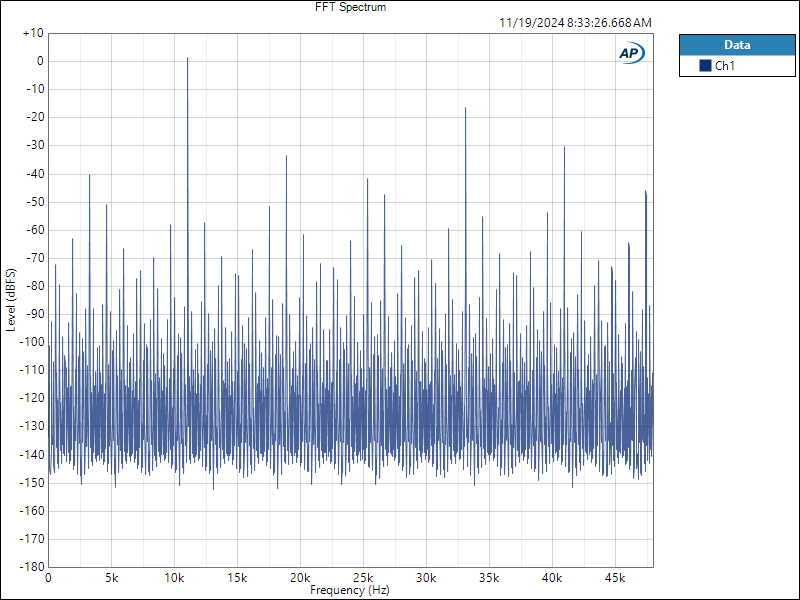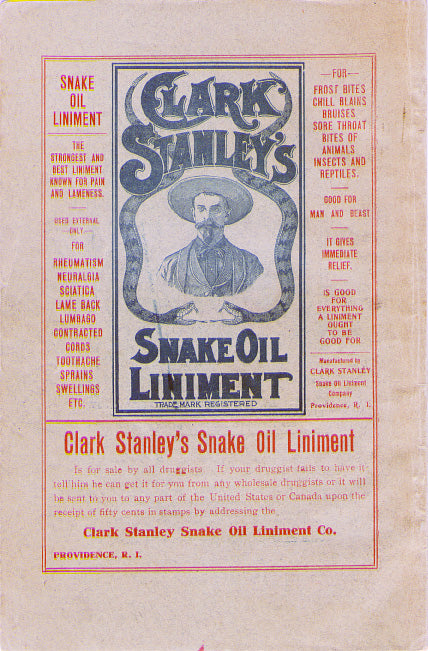Buy one component and save 10% on up to 2 cables. Buy 2 components and get 4 free cables. Free shipping on USA orders over $700. We are closed 12/25 and 12/26.
Buy one component and save 10% on up to 2 cables. Buy 2 components and get 4 free cables. Free shipping on USA orders over $700. We are closed 12/25 and 12/26.
Measuring Mic-Preamp Noise
by Benchmark Media Systems January 01, 2000

By Allen H. Burdick
To perform valid noise level measurements, two specific conditions must be established:
- A 150 Ohm source impedance
- A 20 kHz measurement bandwidth
The microphone preamplifier must have the proper source impedance at its input. If it does not, the preamp will amplify the noise of its internal bias resistors, resulting in much higher noise voltage. Typically, the easiest way to terminate an input on the Benchmark MP-4 is to engage the 20 dB attenuator, since that presents a 150 ohm source to the input stage. When measuring other preamplifier systems that do not have an internal attenuator, a 150 ohm metal film resistor connected between pins 2 and 3 inside an XLR type connector shell, such as the Neutrik NC3MX or Switchcraft A3M, will do the job.
The use of an carbon film resistor is usually ok, but the carbon composition resistor should never be used due to a phenomena known as "excess noise" found in these resistors. This noise is created by electrical currents having to jump over small but real physical spacing between the carbon particles which are held apart by the resistors binder material. These days, the discrete carbon comp resistor is almost unavailable. However, the thick film chip resistor and thick film resistor SIP or DIP packs are in fact carbon composition resistors and should be avoided.
The second condition that must be met is the limitation of the measurement bandwidth to 20 kHz. Manufacturers never specify, nor do we really want to measure, the noise outside the 20 kHz audio bandwidth. Be sure the test instrument that you are using has an internal filter for that purpose. Audio Precision markets a 20 kHz "brick wall" filter for their Systems 1 and 2.
The output noise of the microphone preamp will be the noise of the source resistance, -130.82 dBu for 150 ohms, plus the gain of the preamp, plus the noise figure of the preamp in dB. The expected noise of a preamp operating at 50 dB of gain would then be -130.82 dBu, plus 50 dB, plus the noise figure of the preamp, which is < 1 dB for the Benchmark MP-4, or a total of approximately -80 dBu. Using bipolar 15 volt power the MP-4 has an output clip point of +27 dBu thus yielding a preamp dynamic range of 107 dB.
The only way to get lower noise and therefore greater dynamic range (with a given power supply voltage source) is to operate both the mic and the preamp at much lower (i.e. cryogenic) temperatures. Unfortunately, at this point in the history of man, this is not possible.
Also in Audio Application Notes

How Loud is the Distortion from Your Power Amplifier?
by John Siau August 08, 2025
Would you put a Washing Machine in your Listening Room?
If the answer is no, you may be surprised to discover that the distortion produced by your power amplifier may be louder than the noise produced by a major appliance.
Don't believe me? Take a look at Stereophile's test reports:
We selected 7 power amplifiers from Stereophile's top list of recommended amplifiers.
We took Stereophile's "THD+N vs. Power" plots for each, and replotted the data in a format that shows the loudness of the THD+N at the listening position.
The results are shocking!
Amplifier THD+N is louder than expected!
The distortion from your amplifier may be louder than a washing machine on the spin cycle, or it may be totally silent. How does yours perform? The answer is hidden in Stereophile's THD+N plots.
This application note reveals the hidden truth:
"The Distortion from your Power Amplifier may be Louder than a Washing Machine!"
I know, it sounds crazy, but this is what the measurements show!

Interpolator Overload Distortion
by John Siau November 20, 2024
Most digital playback devices include digital interpolators. These interpolators increase the sample rate of the incoming audio to improve the performance of the playback system. Interpolators are essential in oversampled sigma-delta D/A converters, and in sample rate converters. In general, interpolators have vastly improved the performance of audio D/A converters by eliminating the need for analog brick wall filters. Nevertheless, digital interpolators have brick wall digital filters that can produce unique distortion signatures when they are overloaded.
10% Distortion
An interpolator that performs wonderfully when tested with standard test tones, may overload severely when playing the inter-sample musical peaks that are captured on a typical CD. In our tests, we observed THD+N levels exceeding 10% while interpolator overloads were occurring. The highest levels were produced by devices that included ASRC sample rate converters.

Audiophile Snake Oil
by John Siau April 05, 2024
The Audiophile Wild West
Audiophiles live in the wild west. $495 will buy an "audiophile fuse" to replace the $1 generic fuse that came in your audio amplifier. $10,000 will buy a set of "audiophile speaker cables" to replace the $20 wires you purchased at the local hardware store. We are told that these $10,000 cables can be improved if we add a set of $300 "cable elevators" to dampen vibrations. You didn't even know that you needed elevators! And let's not forget to budget at least $200 for each of the "isolation platforms" we will need under our electronic components. Furthermore, it seems that any so-called "audiophile power cord" that costs less than $100, does not belong in a high-end system. And, if cost is no object, there are premium versions of each that can be purchased by the most discerning customers. A top-of-the line power cord could run $5000. One magazine claims that "the majority of listeners were able to hear the difference between a $5 power cable and a $5,000 power cord". Can you hear the difference? If not, are you really an audiophile?

